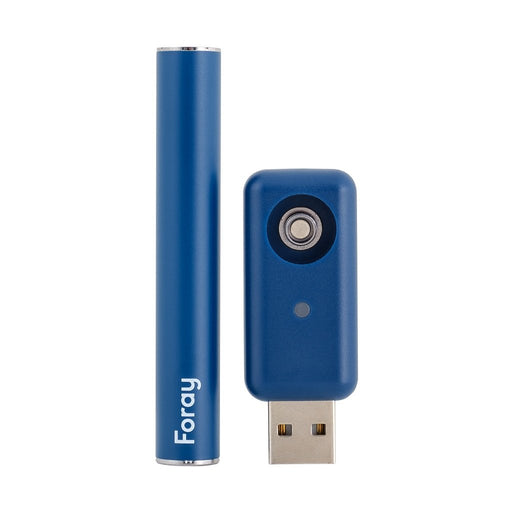Understanding the Concept of Delivery on Demand
The concept of delivery on demand is fundamentally reshaping the landscape of consumer convenience. At its core, delivery on demand refers to the provision of goods and services to consumers exactly when they need them, as opposed to traditional delivery services that operate on fixed schedules. This model is largely driven by advancements in technology and evolving consumer expectations, which prioritize immediacy and flexibility.
One of the key principles behind delivery on demand is the integration of sophisticated technology. Mobile apps play a crucial role in this ecosystem, allowing consumers to place orders with just a few taps on their smartphones. These apps often come equipped with features such as real-time tracking, enabling users to monitor the status of their deliveries from dispatch to arrival. Such innovations not only enhance user experience but also build trust and reliability in the service.
Logistical innovations are equally important in supporting delivery on demand. Companies are investing in advanced algorithms and data analytics to optimize delivery routes and manage fleet operations efficiently. This ensures that goods are delivered swiftly, reducing wait times and increasing customer satisfaction. The use of drones and autonomous vehicles is also being explored to further streamline delivery processes.
Delivery on demand is making significant strides across various sectors. In the realm of food delivery, services like Uber Eats and DoorDash have revolutionized the way people access their favorite meals. Similarly, grocery delivery platforms such as Instacart and Amazon Fresh provide the convenience of having everyday essentials delivered to one’s doorstep within hours. Even the healthcare sector is witnessing transformations, with companies offering on-demand delivery of medications and medical supplies, ensuring timely access to critical healthcare needs.
In essence, delivery on demand represents a paradigm shift in how consumers interact with retail and service providers. The blend of cutting-edge technology and consumer-centric approaches is not only meeting but exceeding the expectations of modern-day consumers, setting new benchmarks for convenience and efficiency.
The Benefits and Challenges of Delivery on Demand
Delivery on demand has significantly transformed consumer convenience, bringing a variety of benefits to both customers and businesses. For consumers, the primary advantage is the unparalleled convenience. The ability to receive goods and services quickly without the need to visit physical stores saves time and effort, making daily life more manageable. Additionally, this service enhances customer satisfaction by meeting the high expectations of immediacy and reliability. The increased convenience often translates to higher customer loyalty, as consumers are more likely to return to a service that consistently meets their needs.
From a business perspective, delivery on demand offers numerous opportunities for market expansion and revenue growth. Companies can reach a broader audience, including those who may not have access to physical locations. This expanded reach can lead to increased sales and a stronger market presence. Moreover, the ability to provide rapid delivery can differentiate a business from competitors, fostering a competitive edge in the marketplace.
However, implementing delivery on demand services is not without challenges. Logistics management becomes increasingly complex as businesses need to coordinate timely deliveries across various locations. This often requires sophisticated technology and efficient supply chain management to ensure that goods are delivered promptly and correctly. Additionally, managing the costs associated with delivery, such as transportation and labor, can be a significant hurdle. Maintaining high service quality is also crucial, as any delays or errors can negatively impact customer satisfaction and loyalty.
The environmental impact of delivery on demand is another critical consideration. On the positive side, optimized delivery routes can reduce emissions by minimizing the distance traveled and improving fuel efficiency. However, the increase in packaging waste is a notable drawback, as the demand for fast delivery often results in more single-use packaging materials. Addressing these environmental concerns is essential for the sustainable growth of delivery on demand services.
Looking ahead, future trends and innovations are likely to shape the evolution of delivery on demand. Advancements in technology, such as autonomous delivery vehicles and drones, could further enhance efficiency and reduce costs. Additionally, eco-friendly packaging solutions and sustainable delivery practices may help mitigate the environmental impact. As the landscape of delivery on demand continues to evolve, both businesses and consumers will need to adapt to the changing dynamics to fully leverage its benefits.








































